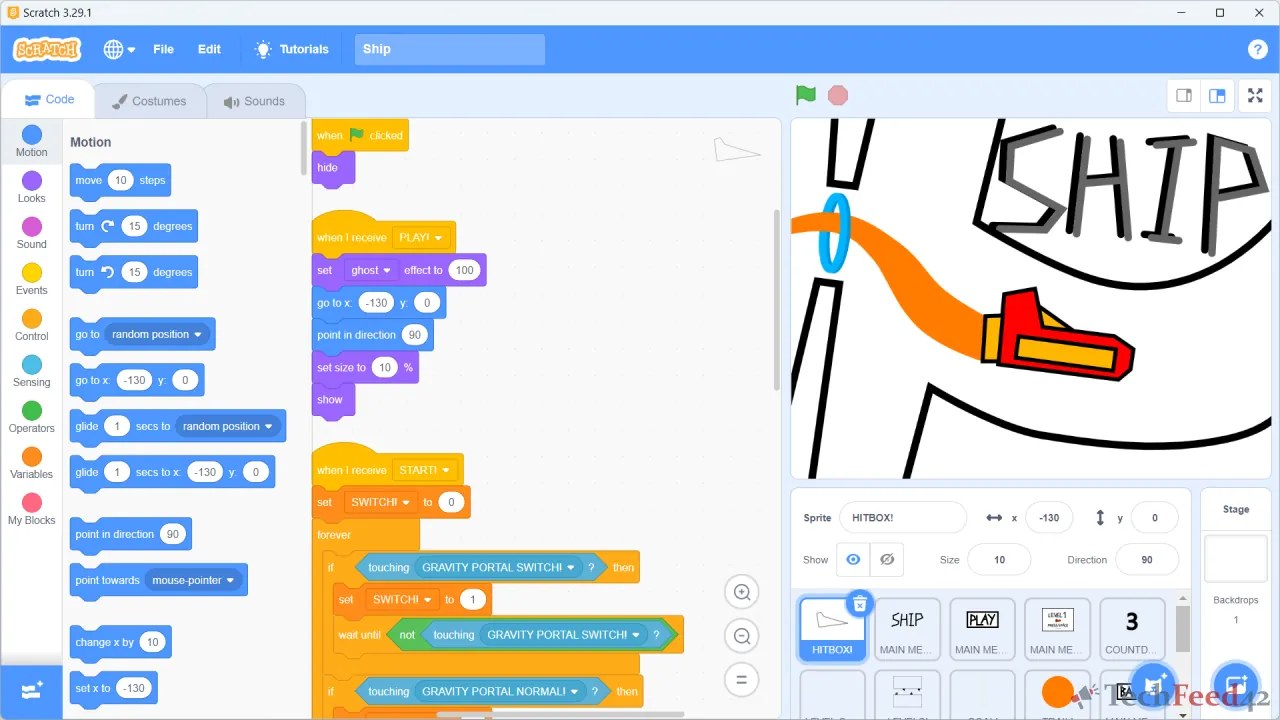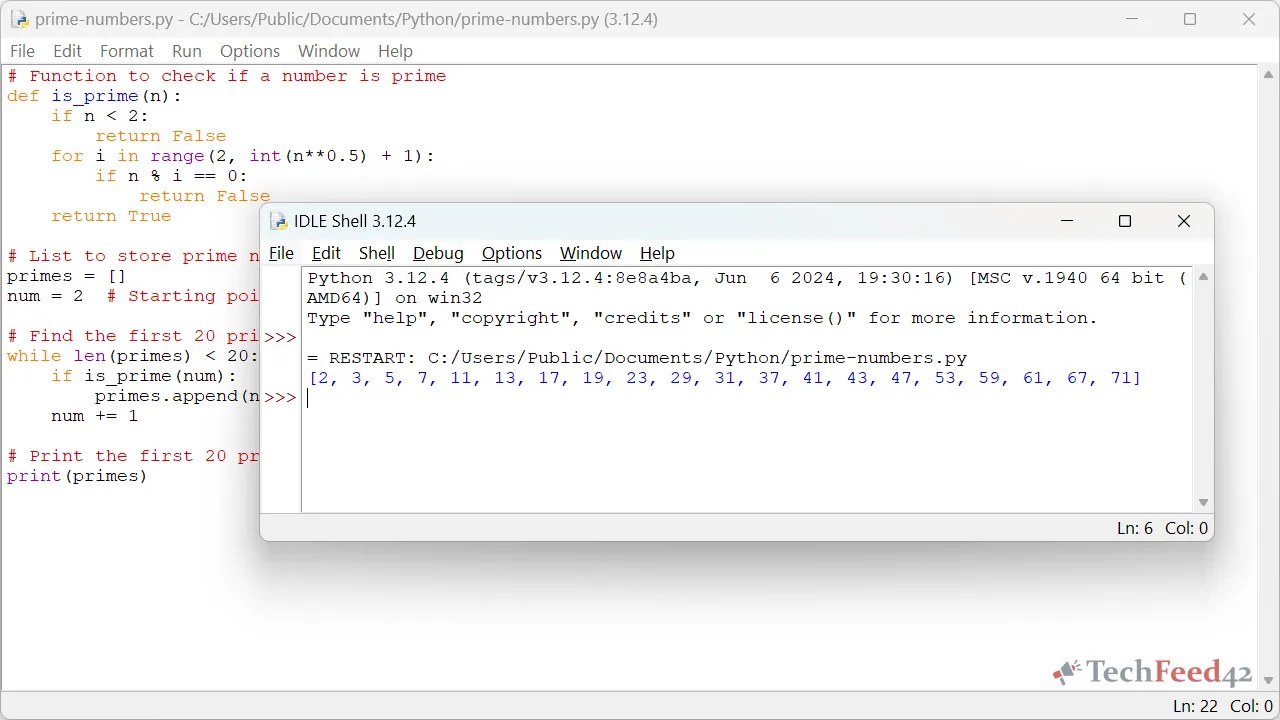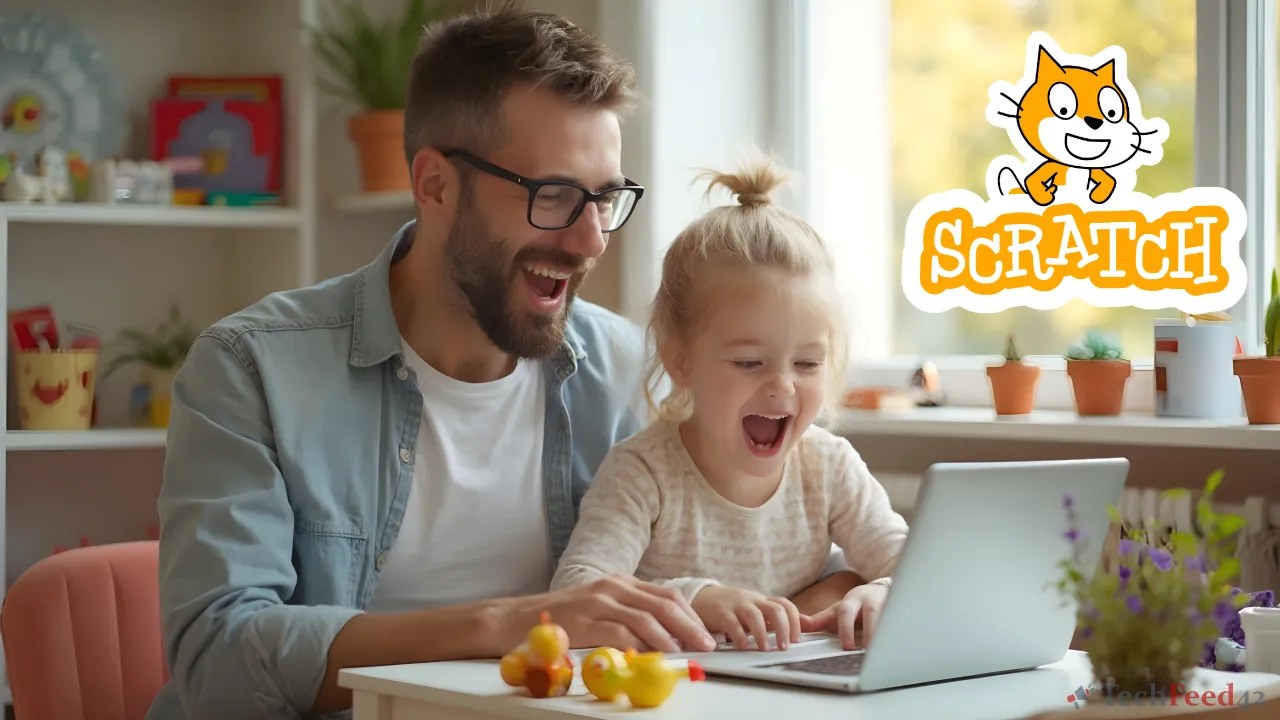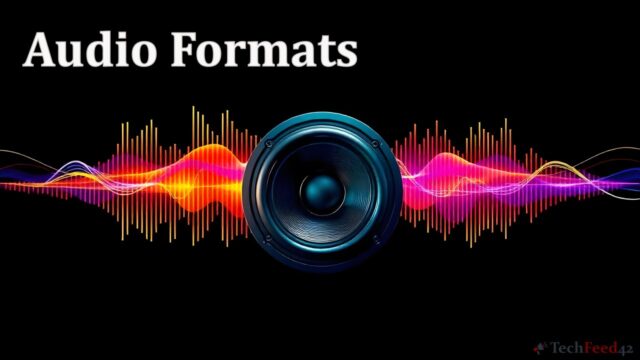Choosing the right programming language to teach kids can be challenging. With so many options out there, it’s important to select a language that will keep children engaged and allow them to learn fundamental coding concepts easily. From my personal experience with my daughter, two of the most popular choices are Scratch and Python. In this article, I’ll explore why these languages are often recommended for young learners and how they can set kids on the path to becoming successful coders.
Why Scratch Is a Great First Choice
Scratch is often the go-to programming language for beginners, especially children. It was developed by MIT and is designed to make coding accessible for younger students. Instead of typing complex code, Scratch uses a visual interface with blocks that children can drag and drop to create programs. This approach simplifies the coding process and makes it fun, which is important when teaching kids.
Easy to Understand
With Scratch, children don’t have to worry about the confusing syntax that other programming languages require. They can focus entirely on the logic behind coding. The visual blocks represent different functions, so kids can see the direct impact of their actions on their program. This helps them understand the flow of logic in programming without feeling overwhelmed.

Encourages Creativity
Scratch also allows children to use their creativity. Kids can create games, animations, and interactive stories. This encourages them to experiment and think outside the box. When I first introduced my daughter to Scratch, she was immediately hooked. She loved creating her own characters and seeing them come to life on the screen. It gave her the freedom to explore her imagination, and she didn’t even realize she was learning valuable coding concepts along the way.
Introduction to Key Programming Concepts
While Scratch is simple, it still introduces important programming concepts like loops, variables, and conditionals. By using Scratch, children build a solid foundation in computational thinking that can be applied to more advanced languages later on. For instance, once my daughter mastered loops in Scratch, it became much easier for her to understand similar concepts in Python.
Python: A Step Up for Young Coders
Once a child feels comfortable with Scratch, or if they’re a bit older, Python is an excellent next step. Python is widely known for being one of the easiest text-based programming languages to learn. It’s straightforward and readable, making it an ideal choice for beginners who are transitioning from visual coding.
Simple and Clean Syntax
One of Python’s main strengths is its clean syntax. Unlike other programming languages, Python doesn’t require a lot of punctuation or complex commands, making it less intimidating for children. This simplicity allows kids to focus more on learning how to think like a programmer rather than getting bogged down by the details of syntax.

Real-World Applications
Python isn’t just for beginners. It’s also a powerful language used by professionals in various industries, from web development to data science. This makes Python a particularly valuable skill for children to learn because they can continue using it as they grow older and more advanced in their coding journey. Python is a language that grows with the learner, and that’s why many schools and coding bootcamps use it to teach programming.
Logical Progression from Scratch
For children who start with Scratch, Python is a natural next step. Many of the concepts they’ve learned in Scratch, such as loops and conditionals, directly apply in Python. When I began teaching my daughter Python, I saw how easily she could transfer her understanding of Scratch’s visual blocks into Python’s text-based format. She found it exciting to write real code and see the results on the screen, much like she did with Scratch, but now in a more advanced way.
Which One Should You Choose?
When deciding whether to start with Scratch or Python, it’s important to consider the child’s age and level of interest. Younger children, especially those under 10, may benefit more from starting with Scratch because of its playful, hands-on approach. It allows them to build programs quickly, which keeps them engaged and excited about coding.
For older kids or those who are already familiar with basic programming concepts, Python might be the better option. Python’s versatility and widespread use make it a valuable language to learn early on. Plus, the skills they acquire in Python can be applied to other, more complex languages as they advance in their coding education.
Combining Both Languages for Maximum Benefit
In some cases, it might make sense to use both Scratch and Python together. For example, children could begin with Scratch to understand the basics of programming logic and creativity. Then, as they become more confident, they can move on to Python to learn more advanced coding techniques and syntax. This is exactly the approach I took with my daughter. After she mastered Scratch and gained confidence, we transitioned to Python. Now, she’s learning more advanced coding concepts while still enjoying the process.

Several educational platforms offer courses that teach both languages. Some schools and coding clubs start with Scratch for younger kids and transition to Python as they progress. This structured approach ensures that children don’t feel overwhelmed and can gradually build their coding skills.
Final Thoughts
In the end, both Scratch and Python are excellent programming languages for teaching kids how to code. Scratch provides a fun, interactive introduction to programming that encourages creativity and logical thinking. Python, on the other hand, takes that foundation and introduces children to the world of text-based coding, preparing them for more advanced programming in the future.
Whether you start with Scratch or jump straight into Python depends on the child’s age and experience. However, combining both languages can offer the best of both worlds, giving kids a comprehensive and enjoyable coding experience. From teaching my daughter, I’ve seen firsthand how both Scratch and Python can ignite a passion for coding. Whatever path you choose, remember that learning to code is a journey, and the most important thing is to keep it fun and engaging for kids.


